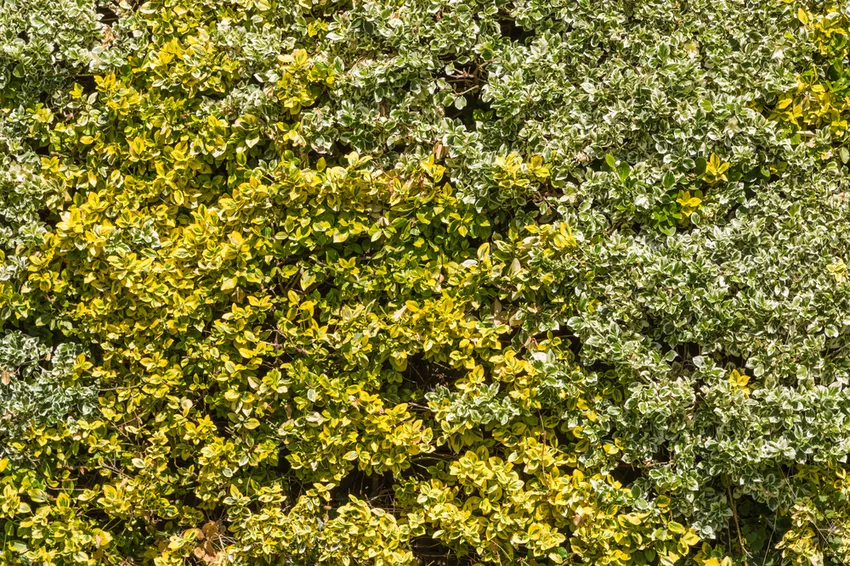Gilthead privet has qualities that make it look good as a hedge plant. There is the fast growth rate and its pronounced cut compatibility. In no time a high hedge grows, which is also densely branched and leafy.
 Goldliguster is a popular hedge plant
Goldliguster is a popular hedge plant
Dimensions
You can't grow a hedge out of dwarves. But the Goldliguster is anything but that. Here are the key figures of its growth:
- grows 30 to 60 cm per year
- reaches a height of 2.5 to 3 m
- goes up to 1.5 m in width
planting
The gold liguster is suitable as a hedge plant for sunny locations, because only there does it retain its attractive color and sprout profusely. It adapts to different soil conditions. However, fresh, humus-rich soil that is deeply loosened and not prone to waterlogging is ideal.
- Plant October to April
- Earth must not be frozen
- Fertilize the soil with compost and horn shavings (32.93€).
- Plant three to six privets per meter
- cut back to 15 cm
To cut
In order for the hedge to branch out and get its typical shape, you have to cut it regularly.
- From a height of 50 cm, two maintenance cuts per year are necessary
- Prune at the end of February and in June
- remove all dead branches
- Shorten healthy branches as desired
- Choose a trapezoidal shape, narrower at the top than at the bottom
Fertilize
In spring you need 3 liters of compost and 100 grams of horn shavings per square meter. (32.93€) Mix everything well and distribute the fertilizer in the root area of the plant. It may only be worked into the soil carefully and superficially, since the Goldliguster is a shallow root.
You can also use other long-term fertilizers and fertilize several times during the growing season if necessary. The last time, however, in mid-August, so that the young shoots can mature before the onset of winter.
pour
A gold privet hedge must be well supplied with water, especially after planting, since only moderately moist soil promotes rooting. An old hedge, on the other hand, only needs additional watering in dry periods.
extend hedge
Goldliguster grows well from cuttings and sticks
multiply. This is how a hedge can be extended easily and free of charge.